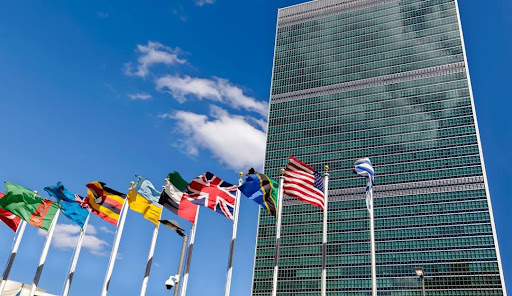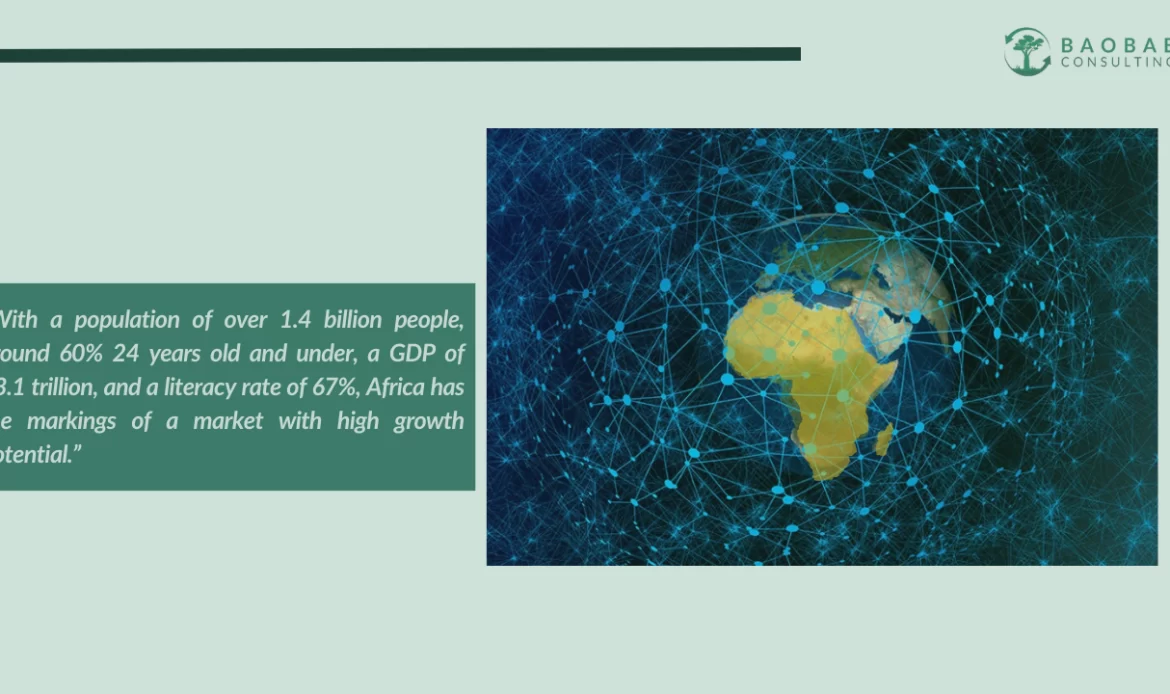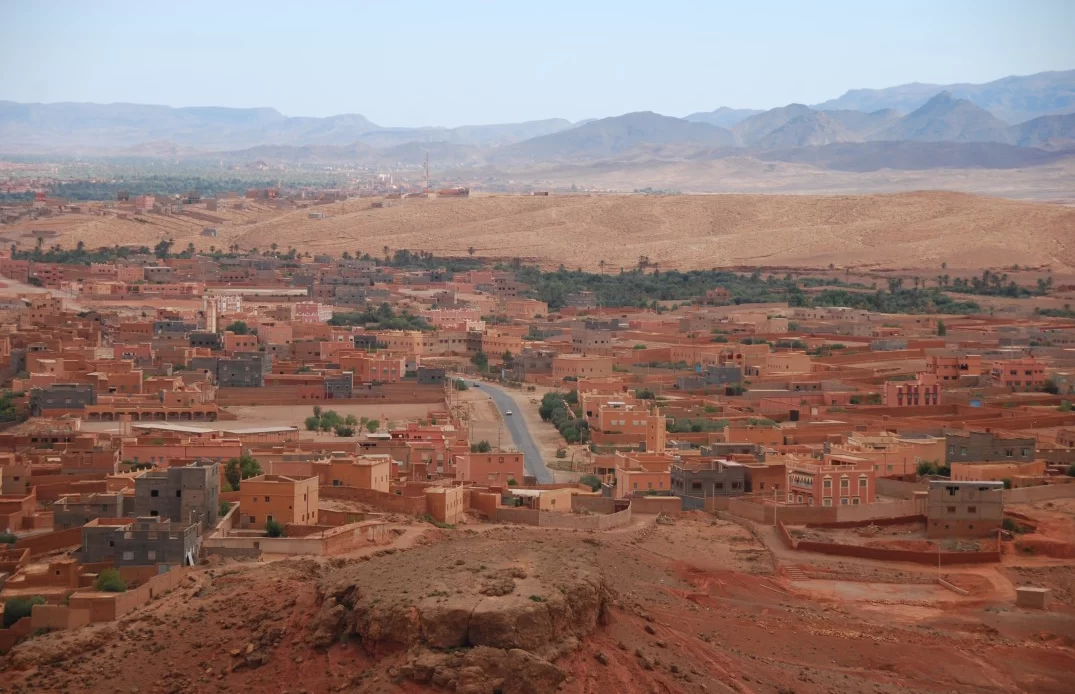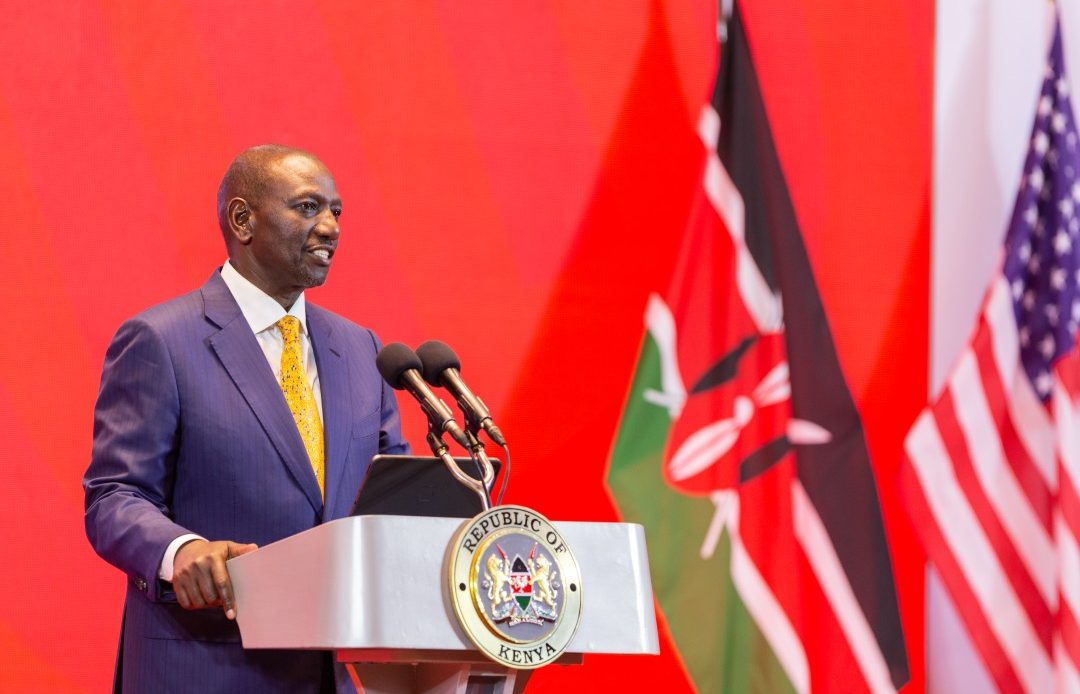by Maher Abderrahmen
Initially signed in Kigali on March 21, 2018, by 44 African heads of state, the agreement on the
African Continental Free Trade Area (AfCFTA) continued to integrate new countries until its effective date on January 1, 2021. With 54 of the 55 countries of the African Union and 1.3 billion people, this economic bloc of 3.4 trillion dollars, bringing together the Common Market for Eastern and Southern Africa (COMESA), the Southern African Development Community (SADC), the Central African Economic and Monetary Community (CEMAC), the Economic Community of West African States (ECOWAS, the Arab Maghreb Union (AMU) and the Community of Sahel–Saharan States (CEN–SAD) have become the largest free trade area since the creation of the World Trade Organization.
The scope of the AfCFTA agreement is quite wide. It covers trade in goods and services, investment, intellectual property rights, and competition policy. Member countries will have 5 to 10 years for the progressive liberalization of customs tariffs.
When fully implemented, the AfCFTA would reorganize the region’s markets and economies, and significantly boost production in the service, manufacturing, and natural resource sectors.
According to Afreximbank, a Cairo-based multilateral trade finance institution, in 2019, 14.4% of official African exports went to other African countries, a small proportion compared to 52% of intra-Asian trade and 73% between European nations in the same year.
A new report from the World Bank describes the African Continental Free Trade Areaas a real opportunity for the countries concerned to stimulate growth, reduce poverty and expand economic inclusion. Which will:
- Significantly stimulate intraregional trade in the manufacturing sector. Intra-continental exports would increase by 81%, while the increase to non-African countries would be 19%
- Increase Africa’s income by 450 billion dollars by 2035 (7%). 153 billion dollars would be the result of the liberalization of tariffs and the reduction of non-tariff barriers. The remaining 292 billion dollars would come from trade facilitation measures that cut red tape as well as bureaucratic brakes, lower compliance costs for trading companies, and facilitate the integration of African businesses into global supply chains.
- Increase revenues for the rest of the world by $ 76 billion
- Increase African exports by 560 billion dollars, mainly in the manufacturing sector.
- Promote greater wage growth for women (+ 10.5%) than for men (+ 9.9%)
- Increase the wages of unskilled workers by 10.3% and the wages of skilled workers by 9.8%
- Lift 30 million Africans out of extreme poverty, and increase the incomes of nearly 68 million other people who live on less than $ 5.50 a day.

The continental agreement would therefore open up opportunities for African countries for integration and growth-friendly reforms. By replacing the patchwork of regional agreements, streamlining border procedures, and prioritizing trade reforms, the AfCFTA could help African countries build resilience to economic shocks. Moreover, the World Bank report specifies that the successful implementation of the AfCFTA could help cushion the negative effects of COVID-19 on economic growth in Africa, by supporting regional trade and value chains through the reduction in the cost of exchanges. The pandemic has already caused major disruptions to trade on the continent, especially for essential goods such as medical supplies and food as well as 79 billion dollars in production losses in Africa in 2020.
However, to make the AfCFTA a success, one of the main challenges for the majority of African countries remains improving the quality of transport infrastructure and solving the problem of poor distribution networks. For example, this agreement revives a 50-year-old road project linking Algiers and Lagos. This trans-Saharan route crosses Algeria, Niger, and Nigeria with several branches that join Mali, Tunisia, and Chad. Although Tunisia and Nigeria have completed their portions, Algeria has 200 km left as well as 225 km Niger, which is scheduled for delivery this year. A feasibility study showed ten years ago that operators in northern Niger and northern Mali, who would send their goods through the Trans-Saharan from Mediterranean ports rather than through the Gulf of Guinea, would save eleven days.
Senegal, for its part, began a development plan for these port infrastructures in 2019 with the modernization work of the autonomous port of Dakar and decentralization to a new mineral port in Sendou, 30 km south of Dakar developed over 500 ha.
But the cornerstone of this development plan concerns the “greenfield” construction of a multifunctional terminal in the vicinity of Ndayane, 50 km south of the capital.
Built for 3 billion dollars, this terminal will provide Dakar with a brand new port interface by 2024, with a draft of 20 meters, one of the deepest on the entire African west coast. It will be backed by a special economic zone of 600 ha and directly connected to the economic zone integrated into the urban hub of Diamniadio as well as to the Blaise-Diagne International Airport. With this project, Dakar wants to play the role of a logistics hub for the entire sub-region.

Moreover, Internet and telephone access, important tools for remote transactions, remains limited. Africa is the region with the lowest internet penetration rate (22%) and the highest digital gender divide (25%). Add to that prohibitive prices in certain countries such as in the CEMAC zone which is the highest on the continent. While the United Nations has set the objective of achieving a cost per gigabyte of less than 2% of monthly per capita income, it is currently 8.8% on the continent.
Also, the quality of the Internet connection is problematic, and much remains to be done in terms of telecommunications infrastructure. No African country is in the top 50 of the best internet connections in the world, South Africa which has the fastest internet connection with 8.4 Mbit / s download speed is only 75th globally, followed by Kenya 84th with 7.62 8.4 Mbit / s.
Besides that, about 600 million Africans lack access to electricity. The United Nations Economic Commission for Africa (ECA) projections indicate that if current trends continue, Africa will not achieve universal access to electricity by 2030. The AfCFTA offers important platforms to build momentum on establishing an integrated set of platforms and partnerships to drive regional power systems, accelerate energy access for productive use, and bring down the costs of Africa’s structural transformation. Many countries, such as the Democratic Republic of the Congo, Ethiopia, and Mozambique, are already investing in hydropower generation for cross-border trade. The concept of clean energy corridors in Africa aims to link up African power pools to enhance cross-border trade and optimize the deployment of the continent’s renewable energy resources.
Another major challenge is the lack of planning in some countries, if this agreement will immediately benefit the most industrialized countries, exporters of goods and services like South Africa or Tunisia, other countries will have to set up support plans for their companies by the training of a qualified workforce and diversification of industries.
In conclusion, the AfCFTA agreement is a real opportunity for the economic development of the continent. Once fully operational, It should boost the free movement of business, persons, and investments, promote inclusive and sustainable socio-economic development, improve the competitiveness of African industries on the global stage and promote industrial development through the diversification and development of regional value chains, the development of agriculture and food safety. The pact will also empower women by improving their access to trade opportunities. Women make up the largest share of informal traders, representing 70 percent to 80 percent in some countries. Furthermore, A single market with a unified set of trade and investment rules across the African continent will increase economic exchanges with other economic zones such as the European Union or Asia, especially after the signing of the Regional Comprehensive Economic Partnership Agreement (RCEP).







